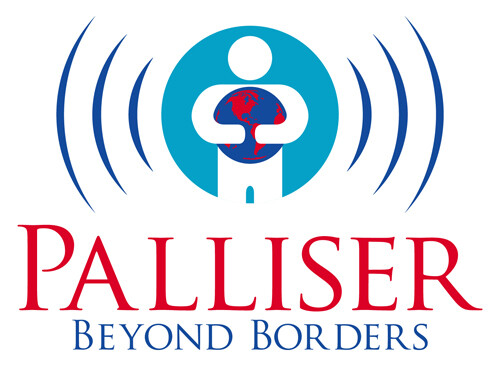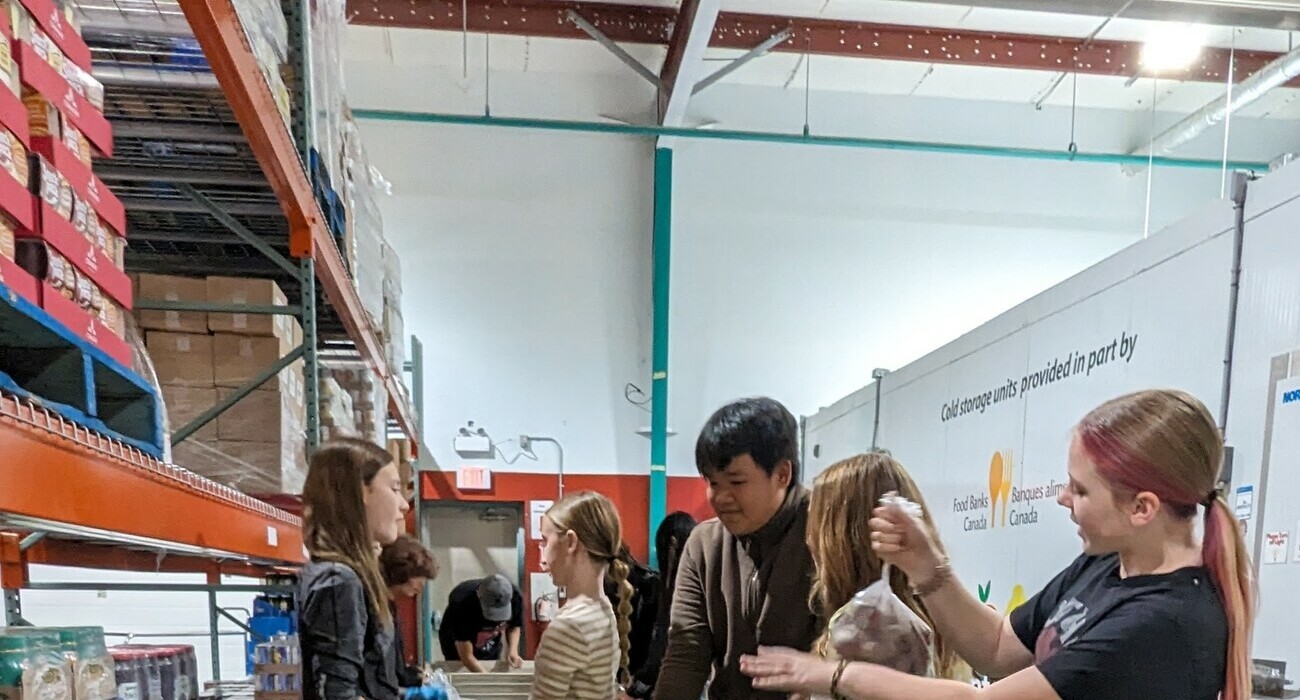
This story is part of a Highlights package from the Sept. 16th board meeting. To read more about the board's decisions and activities, please click here for Highlights, Agendas and Minutes.
Palliser’s new online school is giving high school students across Palliser opportunities to explore online learning and managing their digital presence, skills they’ll use throughout their lives.
Palliser Beyond Borders Principal Alison Hancox gave the board a demonstration of what it’s like to be a student in an online course, how to be part of an online learning community and how to access a Palliser teacher.
The school started just a year ago, and with help from other divisions and work through the summer to prepare courses and resources, the school is offering students more than 100 courses. True to the school’s name, some of the students this semester are from outside Palliser.
While Hancox was in Palliser Centre’s board room with the trustees, Beyond Borders teacher Verena Roberts joined the meeting from Calgary, using the same interface she uses with students.
Hancox walked trustees through Moodle, Palliser’s online course delivery tool where static content can be accessed by students anytime, 24 hours a day; she demonstrated Google Apps for Education tools that students use to share content with each other and teachers; and Roberts joined the meeting using Blackboard Collaborate, a platform designed for live, online course delivery. Some students also work through online courses in a traditional classroom setting with other students.
Hancox said a study she completed two years ago with Grade 12 students in another jurisdiction found the highest activity on Moodle, accessing online resources, was between midnight and 2 a.m.
Every student in Beyond Borders must complete a one-credit orientation course to learn how to navigate online courses and use the technology to support learning.
She said five pilot projects last year helped to determine the best strategies for navigating online resources, and out of those pilots came a “Palliserized” model that all Beyond Borders courses follow.
Template helps keep students on track
Each course gives students a link to their course workplan, a document that helps keep them on track, shows them the many ways to contact their teacher, and a series of resources the student can use to master the course. In keeping with Palliser’s literacy focus, each course has a built-in glossary of the language in that subject. There are hyperlinks to demonstrate how the courses are meeting Alberta Education’s learning outcomes, and there’s a discussion forum through which students can interact with their peers and teachers.
All of the resources online are attributed to the original author and students learn about Creative Commons licensing and where digital content comes from.
Hancox said lessons offered through Blackboard Collaborate are recorded, so if a student misses that day, he/she can always review the class they missed. The recordings also provide excellent material for students to review before exams.
“We’re learning attendance is not presence,” Hancox said. “Attendance is attendance to learning.”
During the demonstration, Roberts shared student work. Using the collaborative tools, students could comment on the work, or open a discussion using a text tool.
In the first few days of the school year, students are learning to use technology, but that “usually flips quite dramatically” as students focus on using technology to support their learning, Hancox said.
School the result of highly collaborative effort
The “skeleton” of the courses came from Learn Alberta digital resources, and have been supplemented with other materials, whether free to use and shared online, purchased from other sources, or developed by Palliser teachers. Roberts said Peace Wapiti, Aspen View, Rocky View and Black Gold school divisions have been highly supportive, sharing resources and advice. All four, like Palliser, are part of a Moodle Hub, an online community.
Overtime, as more resources are accumulated, teachers will have access to examples of excellent, acceptable and not acceptable work, so students can see what they need to do to improve their own work.
“By Year 3, you have a very robust, stand-alone program,” Hancox said.
“What we’re creating is sort of in its infancy right now so we have to be, as a board, as parents, as students, we have to be a bit patient with the process.”
In first semester, students have registered for courses that could generate 1,147 credits if every student successfully completes every course.
The board congratulated Hancox and the Palliser Beyond Borders team for the work that’s been accomplished in the past year.

